Words and images: Linda Shackelford
‘Welcome to the island closest to paradise’, beams my tour guide, Pierre, as he wraps a lei weaved from fragrant yellow flowers and flax around my sunkissed neck.This warm welcome to the coral atoll of Ouvea, one of New Caledonia’s four Loyalty Islands, follows my blink-and-you-miss-it 40-minute flight from Noumea’s domestic airport.
‘This feels like an authentic island experience’, I muse. I have flashbacks to my inaugural trip to New Caledonia four years earlier – I was only able to squeeze in a three-day getaway from Auckland and didn’t explore too far beyond my hotel in Noumea.
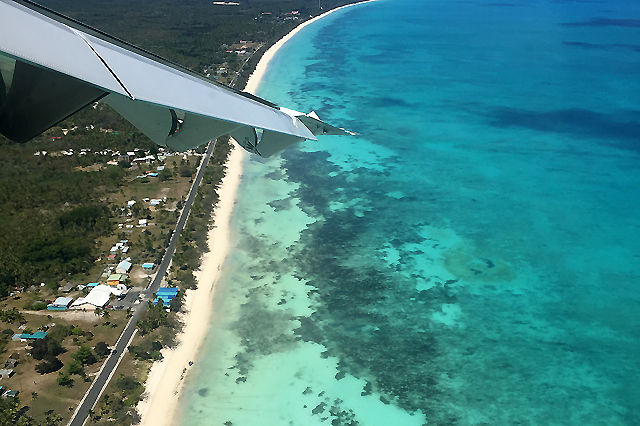
This time, however, was different. I was armed with a suitcase brimming with beach dresses, sunscreen, sarongs, sunglasses and a wide-brimmed hat – I was island bound! I’d spend 10 days exploring much more than Noumea, which, while positioned overlooking the world’s largest marine park and New Caledonia’s UNESCO-listed lagoon, only gives a peak at what this archipelago has to offer! The cost involved in taking a domestic flight to the Loyalty Islands (around $180 one/way) is well worth it as the plane sweeps down over the translucent turquoise lagoon, a sight for the most seasoned traveller’s eyes.
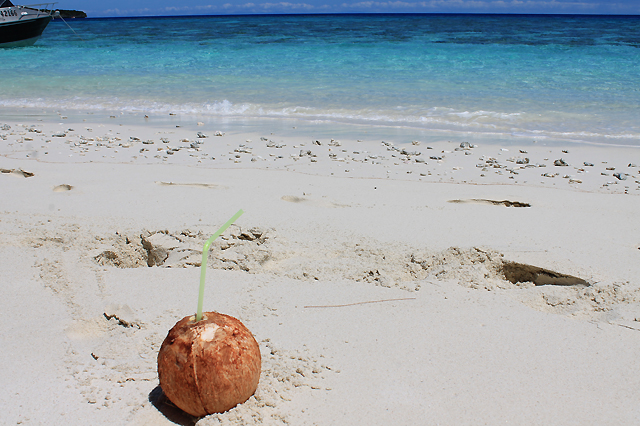
Ouvea is only 35km long, and in parts no more than 40 metres wide. It is surrounded by dazzling ocean with iridescent shades of blue and green offering as much pizazz as an entire sea of 5-carat diamonds. It combines reefs and islets for various water activities; think snorkelling, diving and more. A drive along the coastline of Ouvea, on the island’s single south to north road, would have more than satisfied my travel needs. I let out gasp after gasp of overwhelming delight at the colours of the ocean playing gently against fine white sand. Coconut trees line the beachfront and Pierre made quick stop to offer us a refreshing sip of newly shucked coconuts.
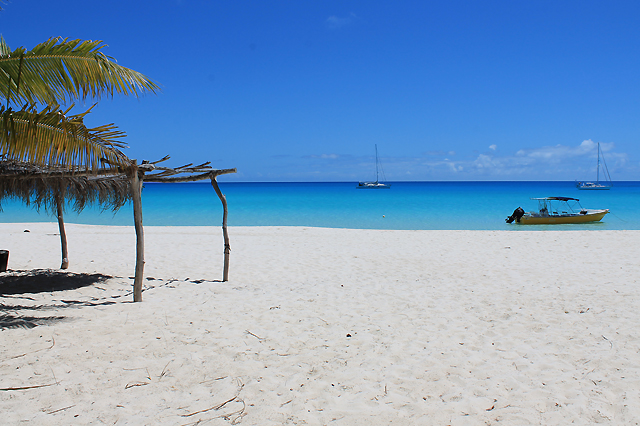
Once back on the road, we pass modest tribal villages where some of the island’s 3,300 inhabitants live. Here is an insight into indigenous (Kanak) life. Language sets New Caledonia apart from other Pacific Islands I’ve travelled to – here on Ouvea there’s a combination of French, and the native tongue – iaai and faga-uvea. The island’s locals are deeply connected to the land they are blessed with and Ouvea is untarnished with little visible pollution – a sobering sight after my recent explorations traversing the densely-populated and touristy South East Asia.
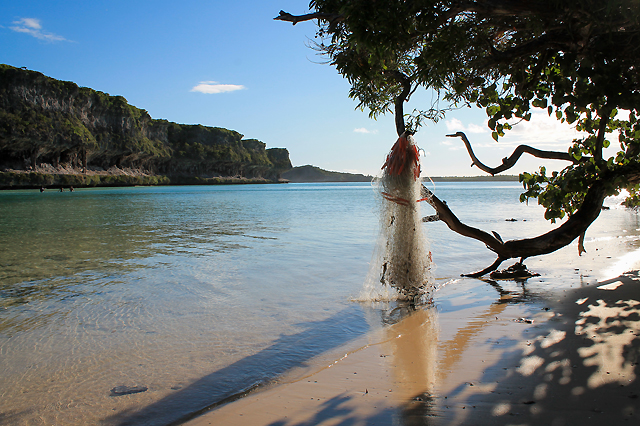
Locals are also passionate about keeping Kanak traditions alive, and it’s the done thing to take a gift as a token of appreciation on arrival. After which you can settle in for a night under the Milky Way at a thatched beach bure before joining a mid-morning boat excursion to Gee islet for a picnic lunch.
Next up on my island-hopping adventure is a visit to the historical Isle of Pines, aptly named by Captain Cook on his second voyage to New Zealand in 1774. The Columnar Pine trees that cover much of the island are a unique contrast to the tropical palm trees. A hundred years after Captain Cook’s stop, the tranquil island became a penal colony for prisoners sent from France (I could think of worse places to be exiled to!). Remnants of the jail and graveyard, a burial place for the deportees still remain, just short walk from a peaceful inlet where luxury cruise ships now dock. It’s there, at Kuto Bay, I take in a pink-tinged sunset with a cocktail from the well-positioned Kuo-Bugny Hotel.
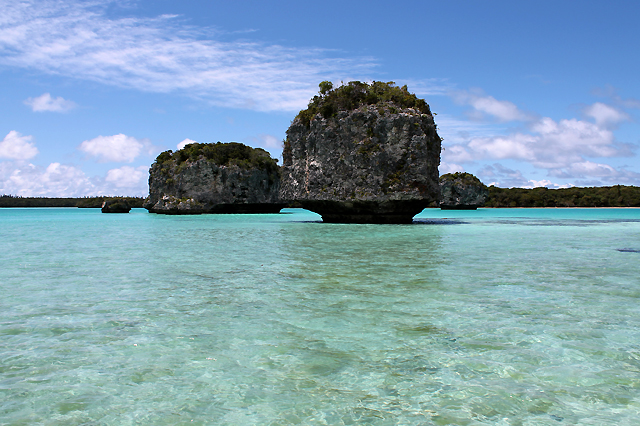
An absolute ‘must-do’ while on Isle of Pines is a traditional outrigger canoe (la pirogue) trip along the Bay of Upi. Afterwards you can walk through lush forest to a natural pool, Oro, which is great for snorkelling and also a popular spot to capture a sunrise, I’m told. Although I couldn’t emerge from the comfort of my bed at the nearby Le Meridien Ile des Pins that early!
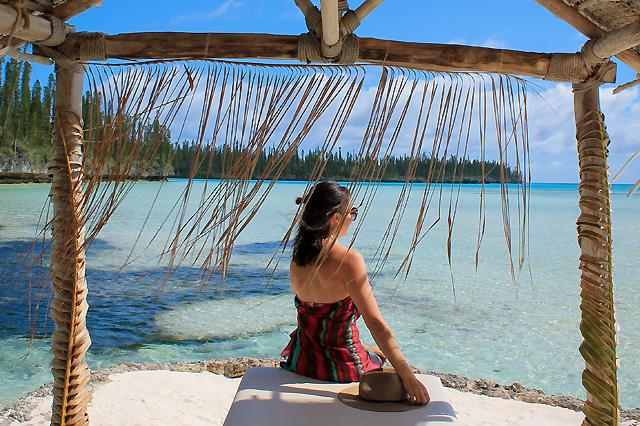
I did, however, manage to peel myself away from the resort’s beachfront pool to explore Grotte de la Reine Hortense, accommodation once fit for a queen. In 1855 the limestone cave, with its deep entrance and glowing stalagmites, became a safe haven for Queen Hortense, the wife of a local chief, during an inter-tribal conflict. Legend has it she slept on a natural stone ledge on the side of the cave for several months – quite contrary to my silky soft bed in my luxury suite the night before.
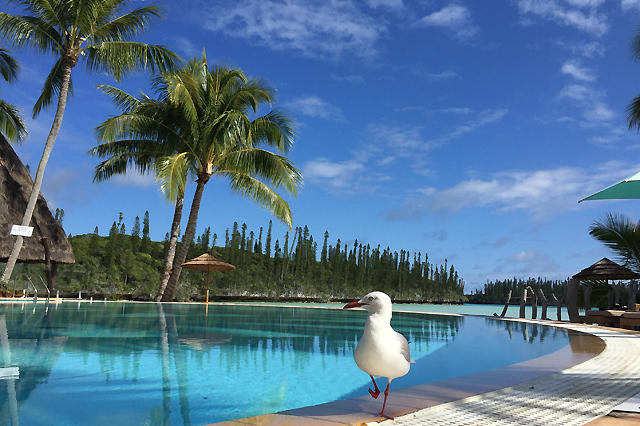
After a couple of relaxing days on Isle of Pines I’m farewelled with ‘thanks for visiting the island closest to paradise’. These words mirror what Pierre said as he welcomed me to Ouvea days earlier. I’m left a bit puzzled; New Caledonians may battle it out in jest to claim the best paradise, but to me, both islands are paradise on earth.
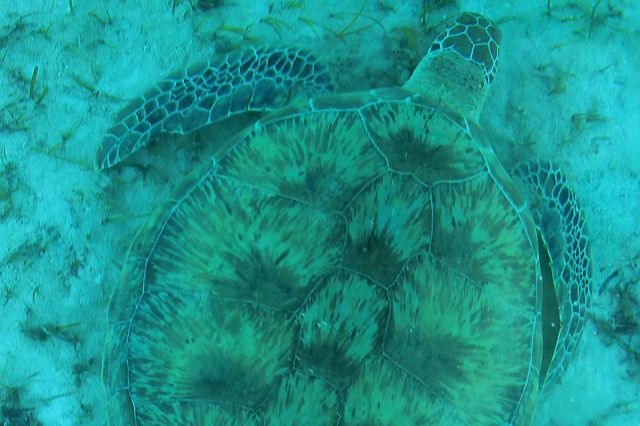
Linda Shackelford visited New Caledonia with courtesy of New Caledonia Tourism and Aircalin.


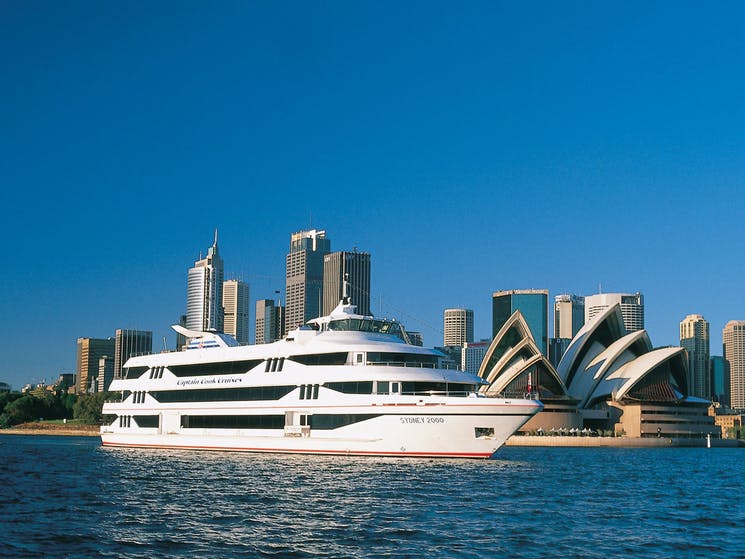
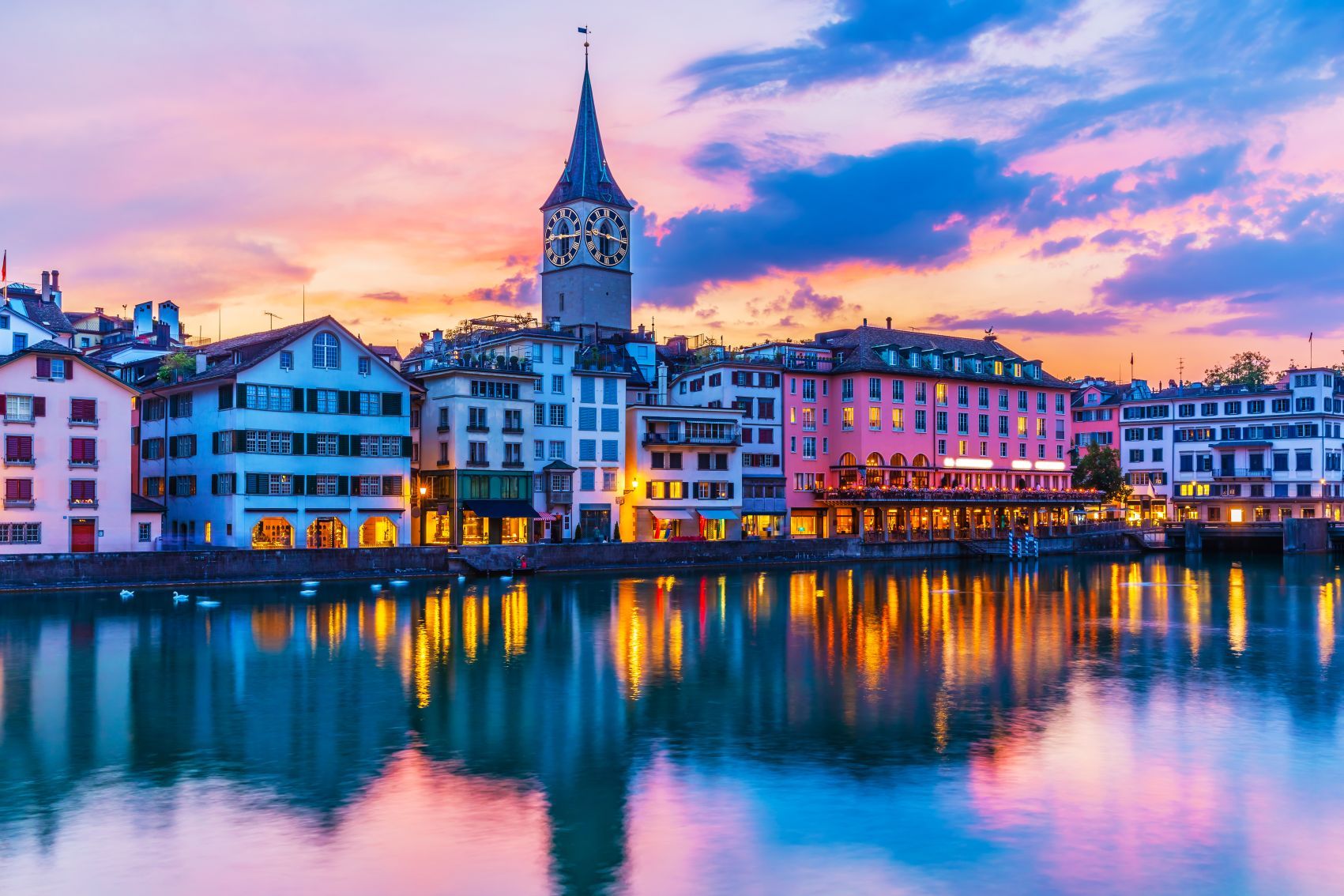
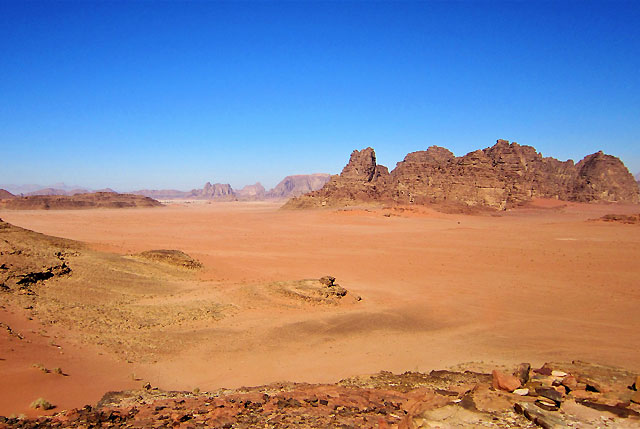
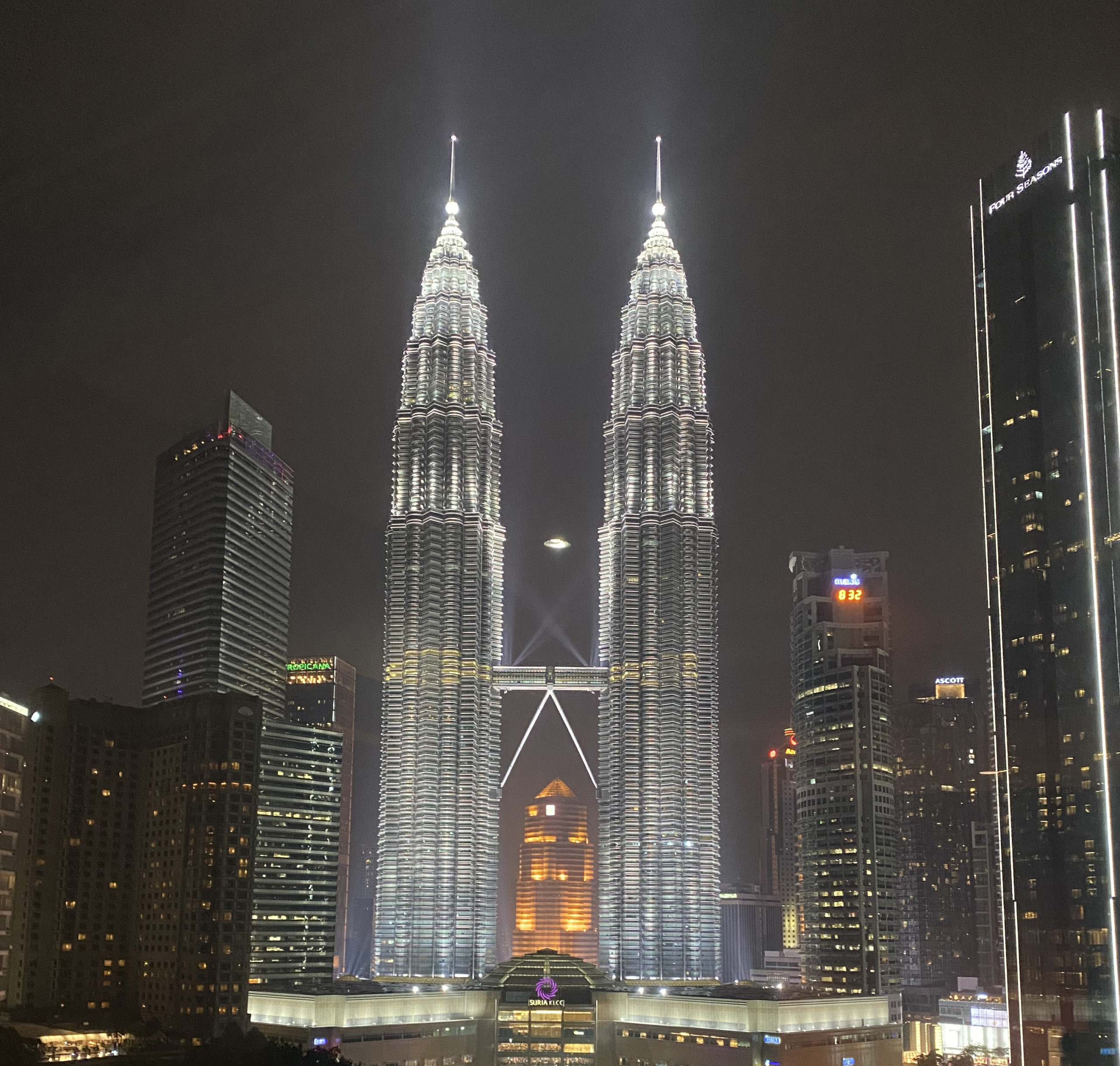
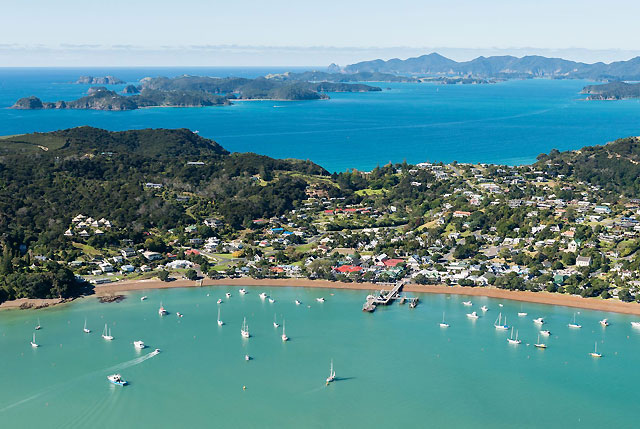




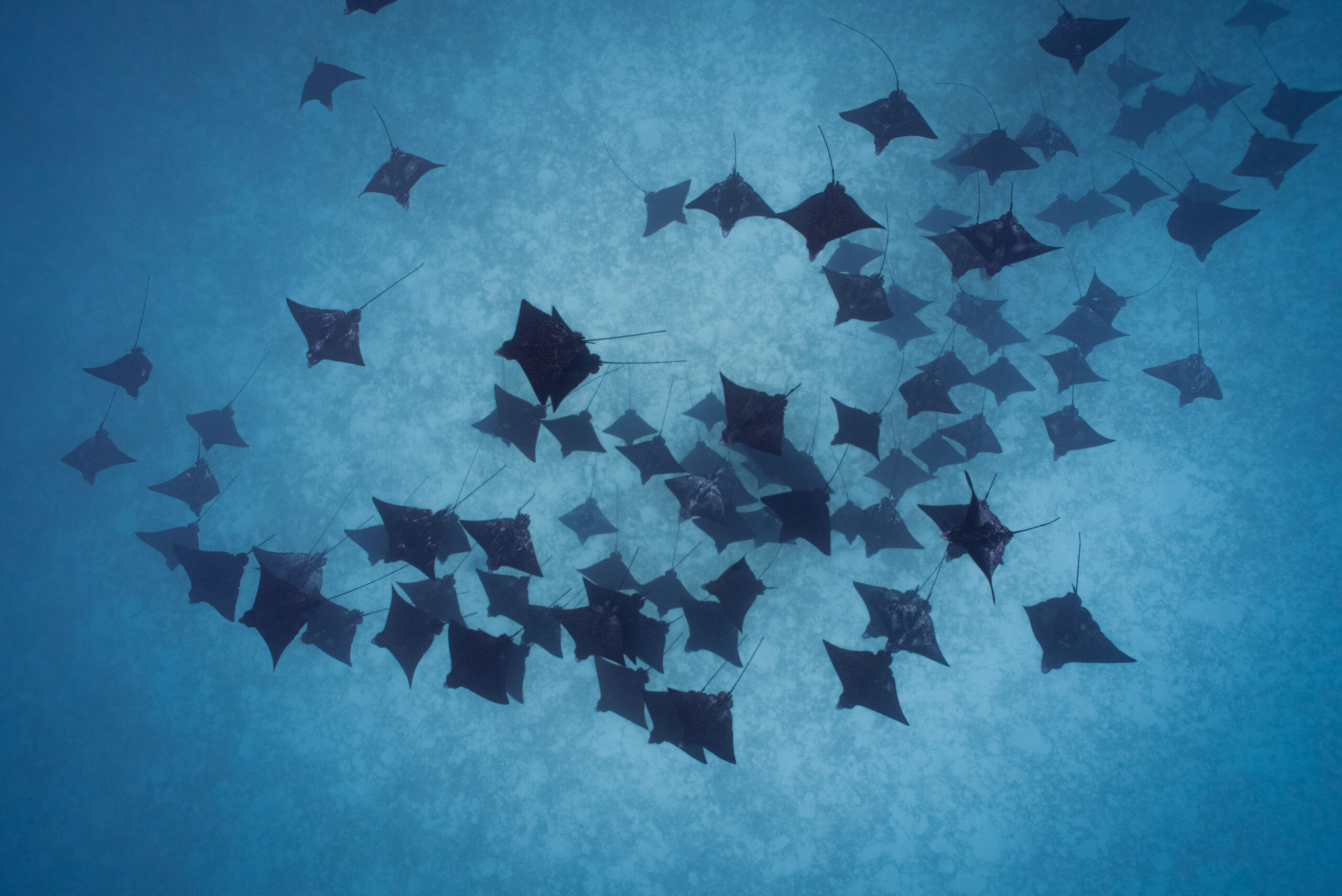
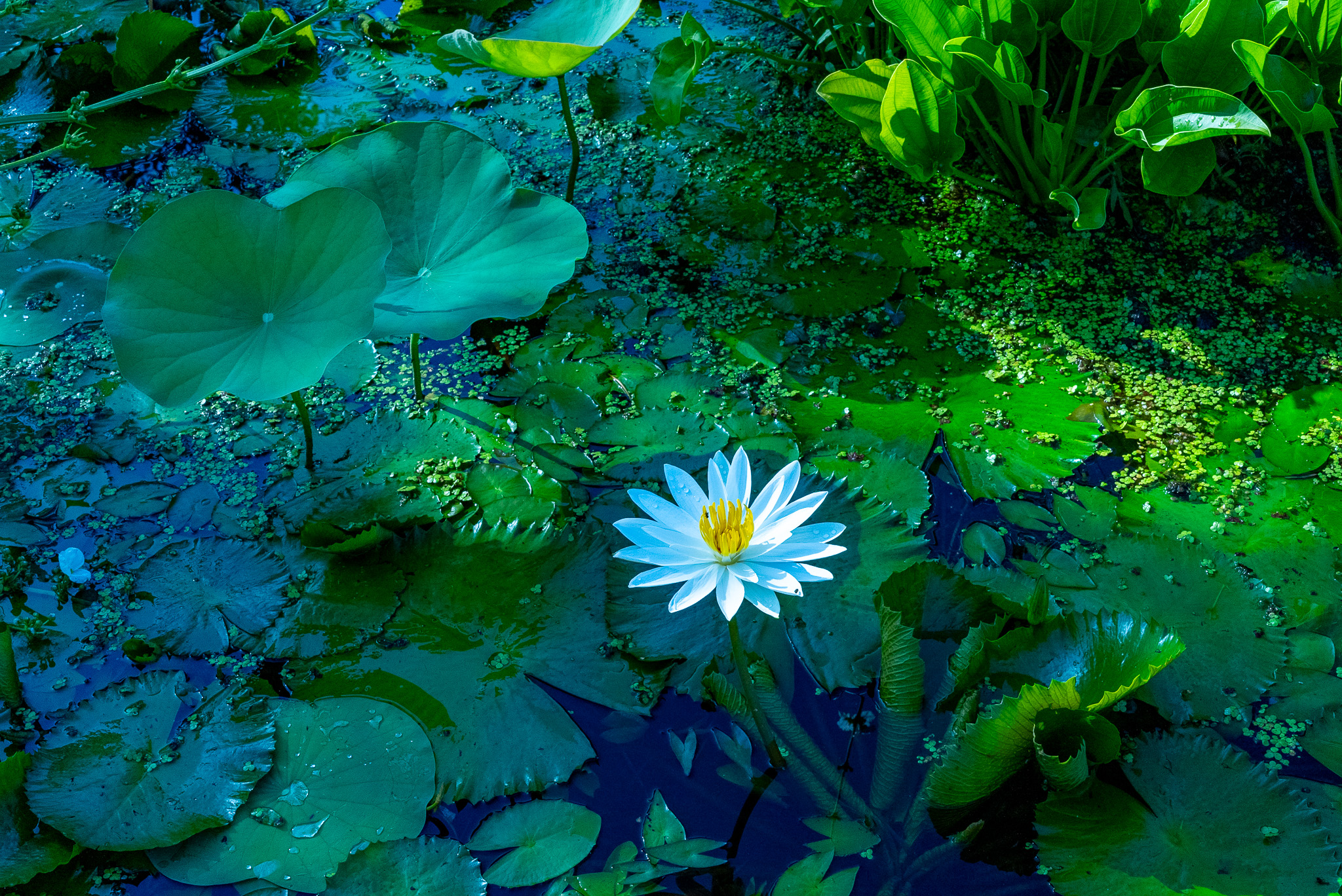
Recent Comments